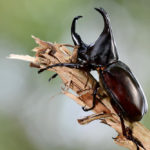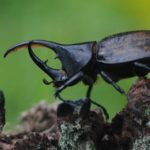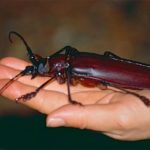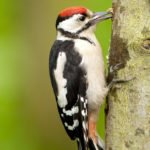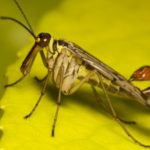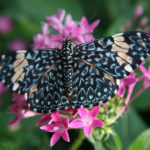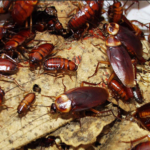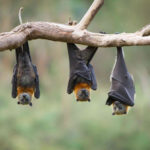Beetles – information
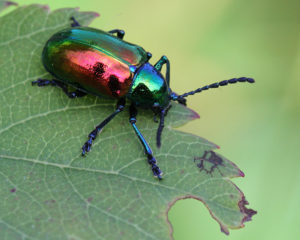 Beetles – a detachment of insects, which shines with its species diversity. At present, the number of beetles described above already exceeds 350,000, and every year the number of open species increases by several thousand, adding more and more amazing species. The order of beetles consists of two suborders: carnivorous and antivenoping beetles.
Beetles – a detachment of insects, which shines with its species diversity. At present, the number of beetles described above already exceeds 350,000, and every year the number of open species increases by several thousand, adding more and more amazing species. The order of beetles consists of two suborders: carnivorous and antivenoping beetles.
Among all insects the squad of beetles is the most numerous – almost 40% of all insects live on the planet of beetles. And there are more than 350 thousand on Earth! The most diverse species of beetles, but biologists believe that their actual number – more than 5 million species.
Like almost all insects, the beetle has three main parts – the head, chest and abdomen, with a hard shell. Also, beetles have antennae that help them navigate in space, and they have about ten sensitive zones.
Beetles – beetles, like many other insects are an important part of any ecosystem. Due to the fact that they feed on the products of vital activity of other plants and animals, they are original scavengers of nature. For example, they eat fallen leaves of trees and digestive products of animals. Thus, they restore the balance of chemicals in the ecosystem, for example carbon dioxide and nitrogen, which would otherwise fall into the soil.
But in addition to “garbage collection,” several large species of beetles can eat small birds, and sometimes attack small species of mammals. But there are many species of beetles, and there are peaceful creatures in our world who eat wood dust, which at times, they are “buried” in trees.
Beetles spread almost to the entire planet, and are prey to hundreds of other species of animals, and even plants! But in each individual ecosystem, the connection “predator-prey” can change dramatically. In one area, the beetle is prey, in the other is a predator.
Every third insect on our planet is a beetle.
“Woodcutter-Titan” – a beetle, which is rightly called a titan. It is the largest in the world – its dimensions reach 17 centimeters.
